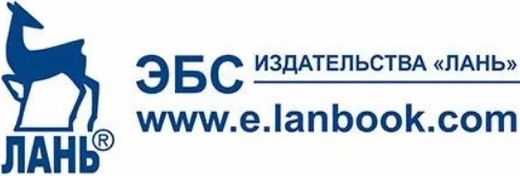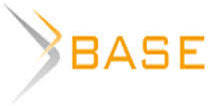MANAGING THE BRAND OF A UNIVERSITY STARTUP: THEORETICAL ASPECTS AND APPLIED SOLUTIONS
The article presents brief results of the study of theoretical aspects of brand formation. The aim of the study was the classification of scientific approaches and the development of applied solutions in the field of brand formation and promotion. The research method was a retrospective content analysis of scientific publications on the research problem. The information base for the analysis was the Web of Science search engine. The concept of "branding" was used as the main semantic query for the search. The databases were analyzed for quantitative parameters in dynamics; a substantive analysis of English-language publications with maximum citation parameters was also conducted. As a result of the study, the language structure of thematic scientific publications, the territorial structure of thematic scientific publications, scientific specialization, the thematic core of research and other parameters were analyzed and visualized. Several key areas were identified for the development of applied solutions in the field of branding: a brand as an added value, a brand as a subject of relations, a brand as a strategic management tool and a brand as a strategic asset. Based on the research, the main stages of brand materialization were formed and described: semantic, syntactic, pragmatic and patent. Based on the analysis of highly cited scientific publications on the research problem, branding tools were systematized and classified in the main blocks: conducting a brand audit, developing a creative brand concept, creating a visual program and a brand book. Applied solutions in the field have been adapted for use by start-up universities – small innovative companies with a short history of operating activities; commercial projects based on an idea and requiring venture capital funding for development. University startups are one of the leading stakeholders in the development of knowledge-intensive high-tech local markets. As the main direction for the development of startup branding, a model of brand capitalization was proposed as a strategic asset with the potential to increase business profitability.

















While nobody left any comments to this publication.
You can be first.
13. Thorikov B. (2022) Neuromarketing – the physiology of advertising / B.A. Tkhorikov. – Moscow: XSPO, 2022 – 180 p.
14. Accounting and monitoring of small innovative enterprises in the scientific and educational sphere. (2023) Electronic resource. Access mode: https://mip.extech.ru/docs.php (accessed: 01.12.2022). (in Russian)
15. Lomovtseva O.A., Pryadko S.N., Dakhova M.N. (2015) Features of management of a small innovative enterprise of the university. Scientific statements of the Belgorod State University. Series: Economy. Computer science. 2015.
No. 19 (216). pp. 71-77
16. Pryadko SN., Martinez CJ. (2021) Evaluation of the effectiveness of the implementation of artificial intelligence technologies to improve the services provided by a multinational company // Topical areas of fundamental and applied research XXVII: Proceedings of the Conference. North Charleston, 25-26.10.2021, Vol.2 – Morrisville, NC, USA: Lulu Press, 2021, p 61-70.
17. Mamatov A.V., Podlesnyy V.N., Rubanov V.G. Obobshchenny kritery robastnoy modal'nosti lineynykh sistem s ellepticheskoy neopredelennost'yu parametrov [The generalized criteria of robust modality of linear systems with ellipticheskoi uncertainty of parameters], Avtomatika i telemekhanika [Automation and Remote Control], 1999, No. 2, pp. 83-94.
18. Mamatov A.V. The structure of the system of information support for the management of the personnel potential of the region / A.V. Mamatov // Information systems and technologies. – 2018. – No. 6. pp. 55-61.